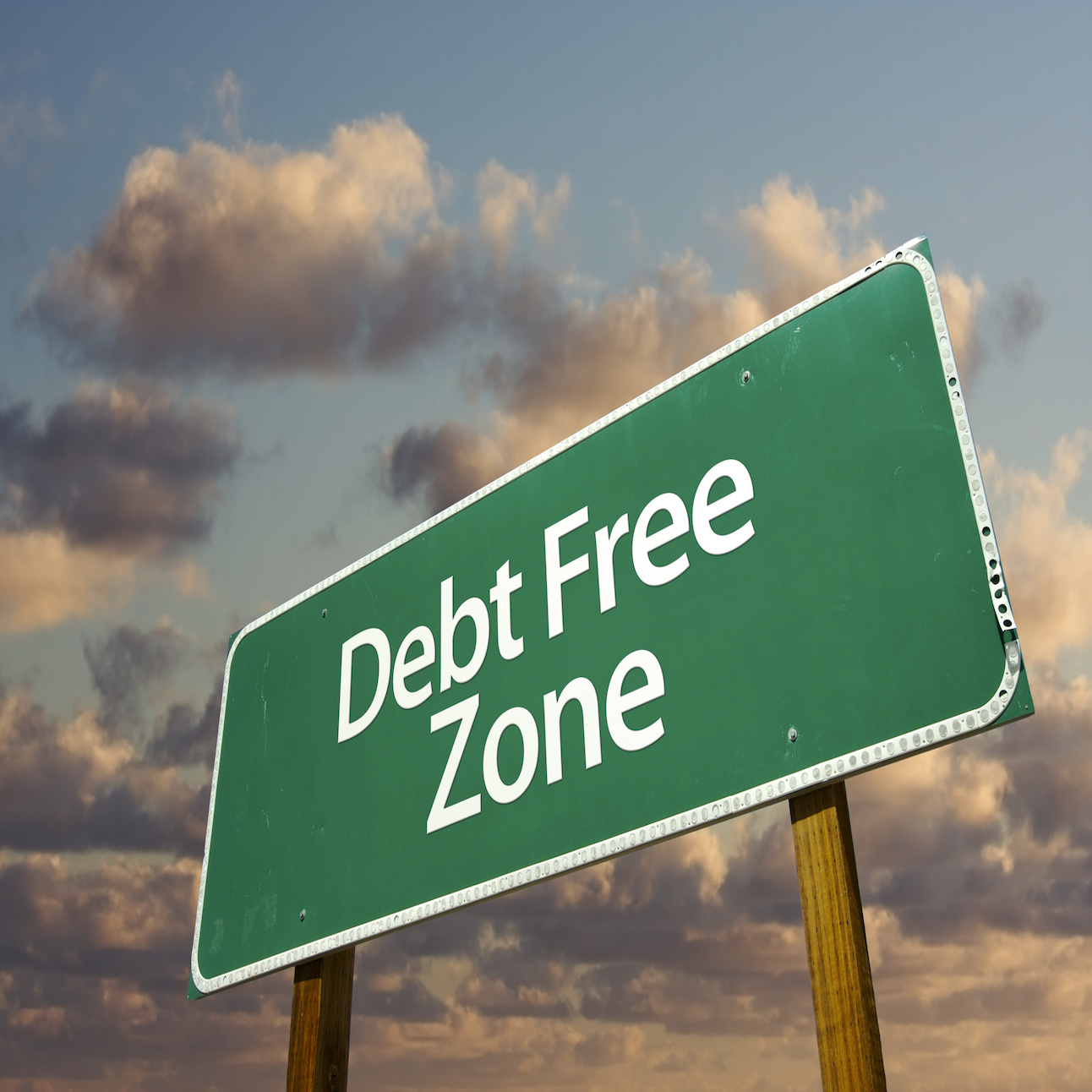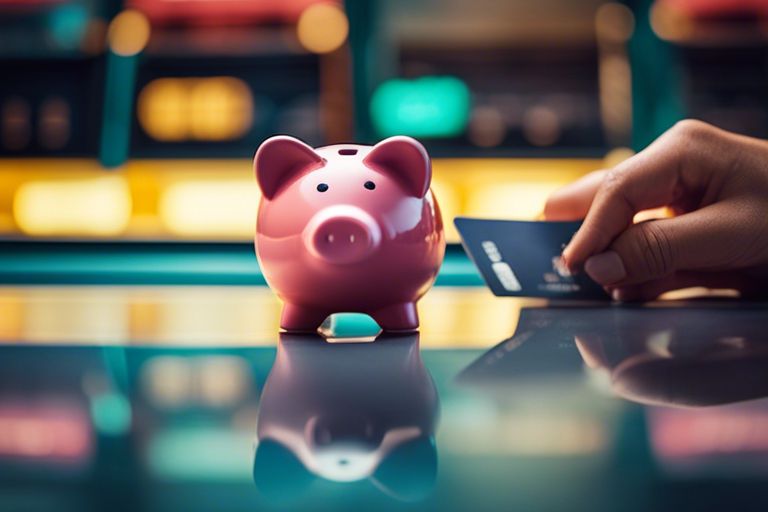
Do you struggle with achieving financial freedom?
Debt can be a major source of stress and anxiety for many people. Whether it’s credit card debt, student loans, or other types of debt, it can feel overwhelming and unmanageable. But the good news is that there are strategies you can use to become debt free and achieve financial stability.
Here we explore the top 10 strategies for becoming debt-free. Keep reading to learn more.
1. Create a Budget
The first step in becoming debt-free is to create a budget. Start by tracking your spending for a month or two and categorizing your expenses. Then, use that information to create a budget that includes all of your monthly expenses, including debt payments.
Be realistic about your income and expenses. Don’t forget to include expenses that may not occur every month, such as car repairs or medical bills.
2. Prioritize Your Debt
Start by making a list of all your debts. This includes the amount owed, interest rate, and minimum payment. Prioritize your debts by either paying off the debt with the highest interest rate first. You could also pay off the debt with the smallest balance first.
This approach can save you money in the long run. It will also give you a sense of accomplishment.
Applying for no credit check loans from Kingash can help provide the money needed to pay off other forms of debt.
3. Cut Back on Expenses
Cutting back on expenses is an important part of becoming debt-free. Look for ways to reduce your monthly expenses, such as:
- Eating out less often
- Canceling subscription services you don’t use
- Shopping at thrift stores or buying items on sale
- Switching to a cheaper cell phone plan
- Lowering your utility bills by turning off lights and electronics when not in use
Every dollar you save can be put towards paying off your debt.
4. Increase Your Income
Increasing your income can help you pay off your debt faster. Look for ways to increase your income, such as:
- Asking for a raise at work
- Taking on a part-time job or freelance work
- Selling items you no longer need or use
- Renting out a spare room on Airbnb
Even a small increase in income can make a big difference in paying off your debt.
5. Use the Debt Snowball Method
This is a strategy that involves paying off your debts from smallest to largest. Start by paying off the debt with the smallest balance, then move on to the next smallest balance, and so on. As you pay off each debt, the amount you can put towards the next debt increases.
6. Consolidate Your Debt
Consolidating your debt involves taking out a loan to pay off all of your debts. This can be helpful if you have high-interest credit card debt or multiple debts with different interest rates. By consolidating your debt, you can often lower your interest rate and simplify your monthly payments.
However, it’s important to be cautious when consolidating your debt. Make sure the interest rate on the loan is lower than the interest rates on your current debts, and be aware of any fees or penalties associated with the loan. Keep in mind that online loans from kingcash.ca can help you do this fast.
7. Negotiate with Creditors
If you’re struggling to make your debt payments, consider negotiating with your creditors. You may be able to negotiate a lower interest rate or a more manageable payment plan. Be honest about your financial situation and explain why you’re struggling to make payments. Creditors may be willing to work with you if they believe you’re making a good faith effort to pay off your debt.
8. Use Balance Transfer Credit Cards
Balance transfer credit cards can be a useful tool for paying off high-interest credit card debt. These cards offer a low or 0% interest rate for a promotional period, typically 12 to 18 months. By transferring your high-interest debt to a balance transfer card, you can save money on interest and pay off your debt faster.
However, be aware that balance transfer cards often come with fees and penalties, and the promotional interest rate may only apply to the balance transfer, not new purchases. Make sure you read the fine print and understand all of the terms and conditions before applying for a balance transfer card.
9. Seek Professional Help
If you’re struggling to manage your debt on your own, consider seeking professional help. A credit counselor can help you create a debt repayment plan and provide advice on managing your finances. A bankruptcy attorney can advise you on your legal options if you’re considering filing for bankruptcy.
It’s important to do your research and choose a reputable professional. Be wary of debt relief scams that promise to eliminate your debt for a fee.
10. Stay Motivated and Focused
Finally, staying motivated and focused is key to becoming debt-free. Set achievable goals and celebrate your progress along the way. Surround yourself with a supportive network of family and friends who can encourage you and hold you accountable.
Remember that becoming debt-free is a journey, and it may take time and effort. But by using these strategies and staying committed, you can achieve financial stability and peace of mind.
A Kingcash Guide to Becoming Debt Free
Most people struggle with debt problems at some point in their lives. Fortunately, this guide to becoming debt free can help you reach financial freedom if you’re willing to do the work.
Please contact us today to schedule an appointment with one of our no credit check loan specialists at Kingcash.


